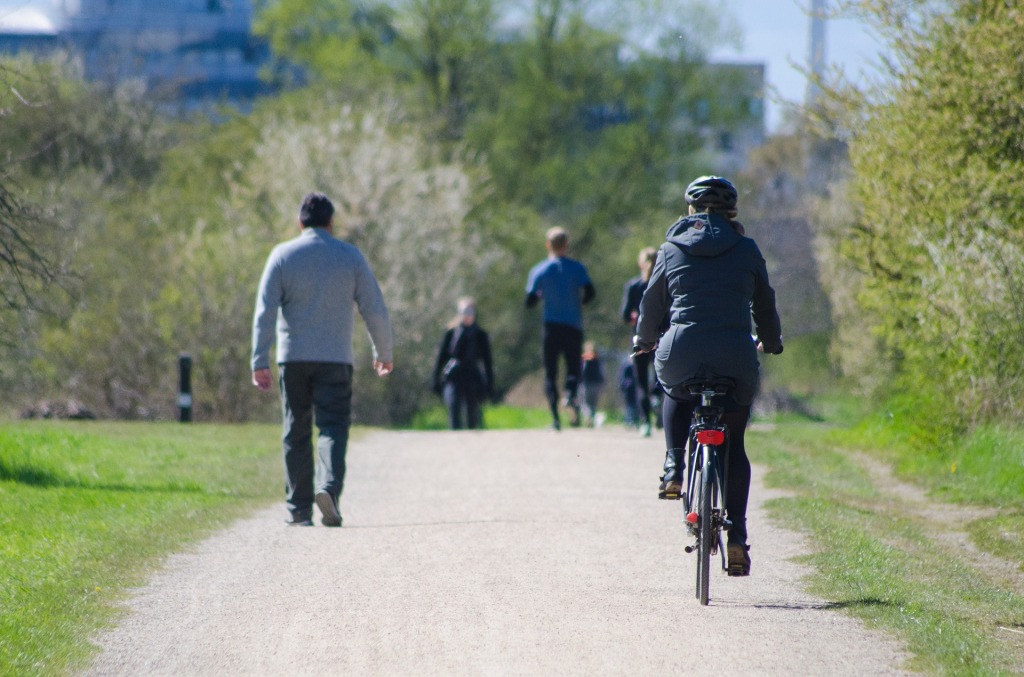Utility cycling, Active Travel, cycle commuting – cycling for everyday trips will only take off when it becomes more convenient than the alternatives.

A major barrier to cycling becoming more convenient is the perception and reality of danger on the roads, caused by vehicular traffic. The solution is to reduce traffic levels and even more effective is to provide separated cycling facilities.
However, this is not the whole story. Taking a ‘Build it and they will come’ approach will only work in circumstances where ‘building it’ means that cycling becomes the most convenient method of transport. In Cities this is generally the case, as traffic congestion can be a real problem.
But outside of cities in small and even large towns, congestion is not that much of a problem. And ‘building it’, if that is all that is done, could see a reasonably coherent network seeing very little use. This causing willing authorities problems, as it then appears that demand does not exist.
So what else needs to be done, let’s consider a user story, a trip to a supermarket for an adult travelling alone…
Option 1 – The currently chosen mode: The car: Find keys, walk short distance to car, drive feeling safe to free car park, shop, put shopping in back, return.
Option 2 – What we’d like to see more of: The bike: Change clothes, find helmet, find lock, find lights and backpack, get bike out (fix puncture?), ride slowly down pavement as worried about traffic, park and lock bike to suitable object, shop, put shopping in backpack or hang on handlebars (eek!), return.
For most people the bike doesn’t win. It does for some people; myself included, but for me the bike option looks like this…
My bike trip: Pick up helmet, don’t change clothes, bike outside my house ready to go with lock/lights/mudguards/rack, ride straight down
road feeling safe as used to traffic, park anywhere with wheel lock on, shop, put shopping on rack, return.
So I choose to cycle to the supermarket because it is easily as convenient for me as driving, plus I enjoy the ride.
I think it is easy to see why habitual car users continue to choose the car when faced with the original bike scenario. I also think it’s clear what ‘we’, and the authorities can do to help reduce barriers to convenience.
For these barriers the following may help;
- Segregated cycle path network.
- Long term loan of utility cycle with suitable equipment, or scheme to make that type of cycle more accessible.
- Bike hangar on road for secure parking but easy access.
- Cycle training in a fun social setting to improve skills and confidence.
- A cycle event to help break the habit in the first place.
We can use the user story to help understand barriers and then identify solutions. If we understand, and solve, the barriers faced by the next 1% of would-be cyclists, then we can incrementally chip away at modal shift.



